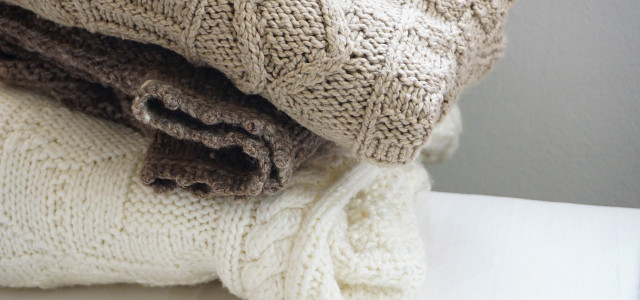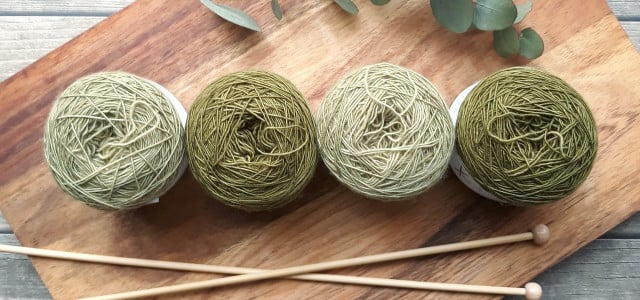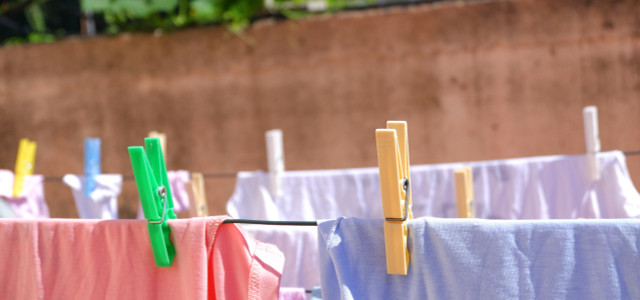Wool sweaters can literally last you a lifetime if you handle them with care. Follow the instructions in this guide to learn how to wash wool in a way that is both eco-friendly and protects your garment.
Washing Wool: Why You Need To Be Careful
Wool sweaters have some great benefits over sweaters and garments made from other fibers. Wool is a natural fiber that is more breathable and absorbent than other fabrics and won’t make you sweat as much. It is often light in weight, while also keeping you warm. Overall, wool is a very durable material that can last for a long time if treated right. Clean your wool garments without care and the material will shrink considerably or wear out.
Before you learn how to wash and dry your wool items, you should know that wool is considered self-cleaning, and for good reason. Its texture prevents dirt from clinging to the fibers and its natural protective layer of lanolin (a wax-like substance that is secreted through a sheep’s glands) inhibits the growth of bacteria, mildew, and fungi and keeps odors from forming. This means that you can wear your wool garments for quite a while before they start to smell. Since wool stays fresh for much longer than other fibers, it doesn’t need to be washed as often. Instead, air out your wool garments from time to time or before placing them back inside your closet after you’ve worn them. This is the first rule to cleaning wool in a way that protects your garments, and it’s eco-friendly!
How to Wash Wool by Hand and in the Machine
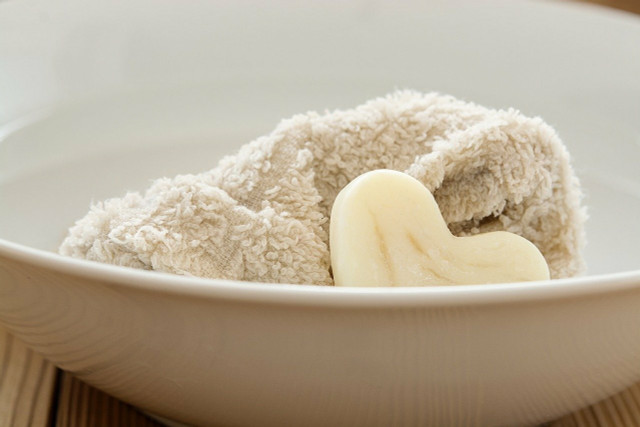


(Foto: CC0 / Pixabay / Pezibear)
Less is more when it comes to washing your woolen garments. Airing out your garments should always be your first choice, but if you do want to wash your wool sweater, here’s what you need to know.
Hand wash vs. machine wash — which is more delicate?
We recommend always washing wool by hand. It saves water and electricity and you don’t have to worry about your wool garments shrinking. Washing your clothes in the machine can be more delicate, but that really depends on how you treat your garment when you wash it by hand.
Whichever option you choose, there are two things you should always pay attention to:
- You can wash wool garments in cold or lukewarm water but never above 90 degrees Fahrenheit.
- Do not use regular detergent because this can damage the wool. Instead, use a mild shampoo or special wool detergent
How to wash wool by hand:
- Fill a large bowl, bucket, your sink, or your bathtub with lukewarm water.
- Add a teaspoon of soap (mild natural shampoo or wool detergent).
- Turn the garment inside out, then let it soak in the water for five to ten minutes.
- Gently swish the garment around, then take it out of the washbasin and rinse it thoroughly in cold or lukewarm water to wash out the detergent. Do not rub or wring the garment!
To save water, it is best to hand wash your wool garments in batches. You can soak several items at the same time or soak one after another and reuse the water with the detergent, then rinse each item carefully.
Note: You can only flat-dry wool clothing, so only wash wool items in batches if you have enough space to spread them out. See the next section for further details on how to dry wool correctly.
How to wash wool in the machine:
- You can wash several wool items together but they must remain separate from other clothing.
- Turn garments inside out and place smaller items like socks in a mesh bag.
- Choose the wool setting on your washing machine. If it doesn’t have a wool setting, use the gentle or delicate cycle.
- Set the water temperature. Again, it’s best to wash wool in cold water (90 degrees F. tops).
- Add wool detergent and start the machine.
How to Dry Wool Correctly
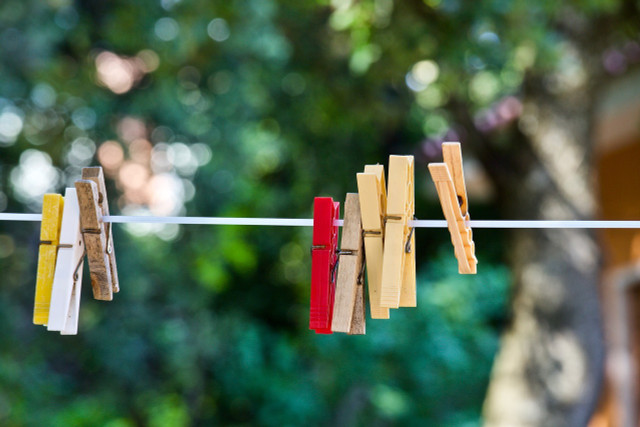


(Foto: CC0 / Pixabay / sweetlouise)
Just like your wool sweater can shrink if you wash it without care, it can wear out if you dry it the wrong way.
As a rule, always lay wool garments flat to dry, never hang to dry or place in the dryer! If you hang wet wool garments, the added weight from the excess water will make stretch it out and lose its shape.
Especially after a hand wash, your sweater will be soaking wet. Definitely resist the urge to wring or squeeze the item. Instead, take a large towel, roll up your sweater inside of it and squeeze the excess water out by gently pressing on the towel. This is an easy and efficient way to remove most of the moisture.
Place a dry towel across a washing rack. Spread out the garment on top and let it dry.
Things You Need to Know About Wool
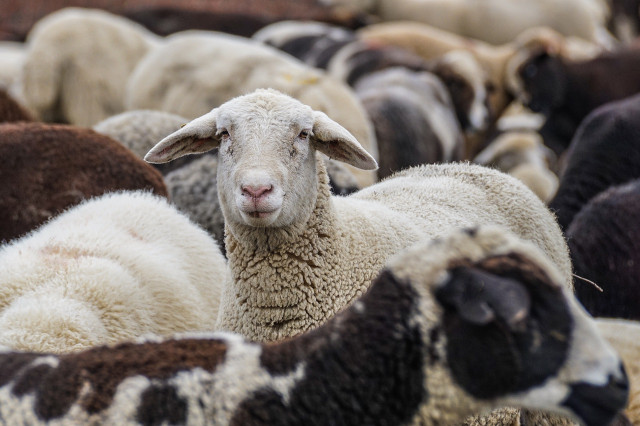


(Foto: CC0 / Pixabay / 165106)
Wool is a very tough material that can last much longer than other types of fabric, and in terms of comfort and use, there are some obvious benefits over other materials. But whether it has the potential to contribute to an eco-friendly wardrobe is highly questionable.
Let’s start with the pros. As opposed to clothing made from synthetic fibers, wool clothing doesn’t contribute to microplastic pollution. Wool is recyclable and, as long as it isn’t mixed with synthetic fibers, biodegradable.
But whereas it is widely known that there are hazardous chemicals involved in the production of synthetic fibers, there is little awareness around the environmental impact of wool production, including the enormous amount of greenhouse gases that are released because of it.
Moreover, wool production is often the cause of animal cruelty, a problem that is well documented, for instance by PETA. Even wool certificates like the “Responsible Wool Standard” have failed to protect animals, according to The Ecologist.
If you aren’t ready to do without wool entirely, make sure to buy cruelty-free wool products (even though you may not get any guarantees). Of course, giving your wool garment a long life by handling it with care is an absolute must and does make a difference in terms of its ecological footprint.
Read more:
- Visible Mending: Giving New Life to Old Clothes
- How to Clean a Wool Rug: A Step-By-Step Guide
- What is Mohair and is it Ethical?
Do you like this post?






